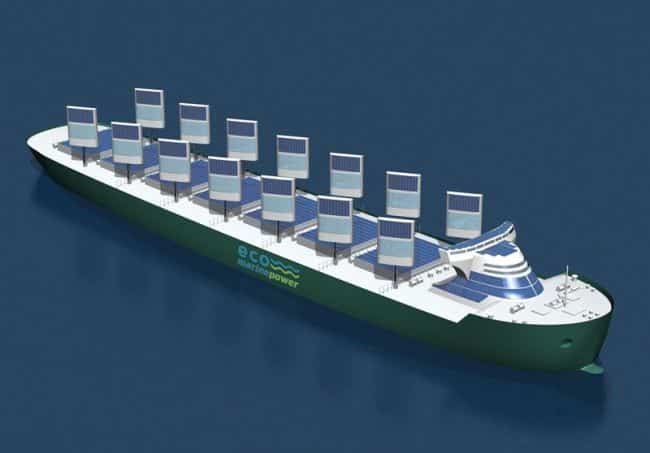
Roughly half the ships are in routine maintenance or training at any given time.

The other ships require escort through dangerous waters. Only the six destroyers, 13 frigates and seven attack submarines can be considered true frontline vessels, with adequate sensors, weapons and protection to fight and survive in a battle with a sophisticated foe. The rest are minesweepers, survey ships and other support vessels, many no larger than the U.S.

On paper, the Royal Navy’s 89 ships include one helicopter carrier, six amphibious assault ships, six destroyers, 13 frigates, seven attack submarines and four ballistic-missile submarines. As part of a defense review in 2015, London vowed to stop cutbacks on the fleet. Reductions in 2010 sliced another 8 percent in real terms. Navy and Military Sealift Command, the Pentagon’s fleet of support ships, have roughly 400.)īritain’s fleet has declined amid steady defense budget cuts, from 4.1 percent of gross domestic product in 1988 to 2.6 percent in 2010. Today, the British navy doesn’t even have jet fighters.
MOST MODERN WARSHIPS PLUS
On D-Day in 1944, it was able to send more than 900 British warships across the English Channel to escort the Allied troops who would liberate Europe from Nazi Germany.Īs recently as 1982, the Royal Navy could quickly muster no fewer than 115 ships - including two aircraft carriers carrying jet fighters, plus 23 destroyers and frigates - to retake the Falkland Islands from Argentina. Remove what was once the world’s leading fleet, and you create a virtual security vacuum.ĭuring World War Two, the British fleet was still dominant. It takes navies to keep an eye on vast ocean regions. Navies that die from neglect leave a void that rogue states, terrorists and criminals can quickly fill. Patrolling international waters with sophisticated sensors and powerful, long-range weaponry, they can respond more quickly to crises and bring more firepower to bear than can air forces (which require nearby runways) and armies (which move slowly). Yet navies remain crucial to national defense. The British fleet’s collapse is an object lesson for cash-strapped governments struggling to balance competing budgetary needs in a seemingly ever more volatile world. The West is mobilizing to defeat Islamic State, deter an increasingly aggressive Russia and manage China’s meteoric rise as a world power. With morale plummeting, and its few remaining ships frequently malfunctioning at sea, the Royal Navy’s suffering might be terminal. Though London officials now vow to reverse the decline, it might be too late. It can barely patrol the United Kingdom’s own waters, much less project British influence abroad. Government budgeteers have repeatedly, and excessively, cut the numbers of its ships, planes and manpower. Today, however, the Royal Navy is a shadow of its former self. So any weakening of the Royal Navy also erodes Washington’s naval power. The two have fought together against most every foe. Traditionally, Britain’s Royal Navy has been the U.S. That’s a serious problem for allies like the United States. Also it is equipped with extensive surveillance capability.The Royal Navy's largest ever warship HMS "Queen Elizabeth" is floated out of its dock for the first time in Rosyth, Scotland, July 2014.

It has surface-to-surface, surface-to-air and underwater strikes. The Global Times wrote, “The battleship is a technologically advanced and highly capable. Built by the China State Shipbuilding Corporation Limited (CSSC), the warship was handed over to the Pakistan Navy during a ceremony in Shanghai.Īccording to the report, PNS Tugril is the first of the four Type-054 warships being built for the Pakistani Navy. It has also been said that this delivery of the warship shows the “evergreen strategic partnership” of China-Pakistan. In which the capabilities of this warship have been told. It is claimed that this warship is technically one of the most modern warships.Ĭhinese state media ‘Global Times’ confirmed the handing over of the warship, citing local and Pakistani officials. The handing over of this warship by China to Pakistan is believed to be part of this strategy. In response to the naval capability of their regional rival India, Pakistan and China are continuously strengthening their military capabilities. China on Monday handed over the largest and most modern warship to Pakistan, which is capable of evading any radar.


 0 kommentar(er)
0 kommentar(er)
